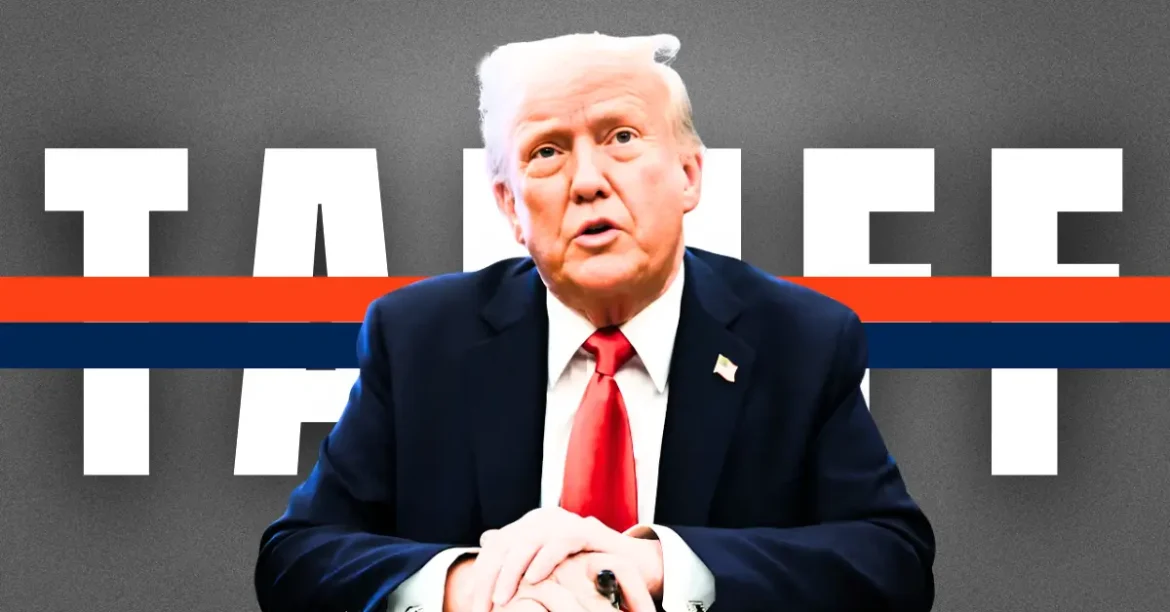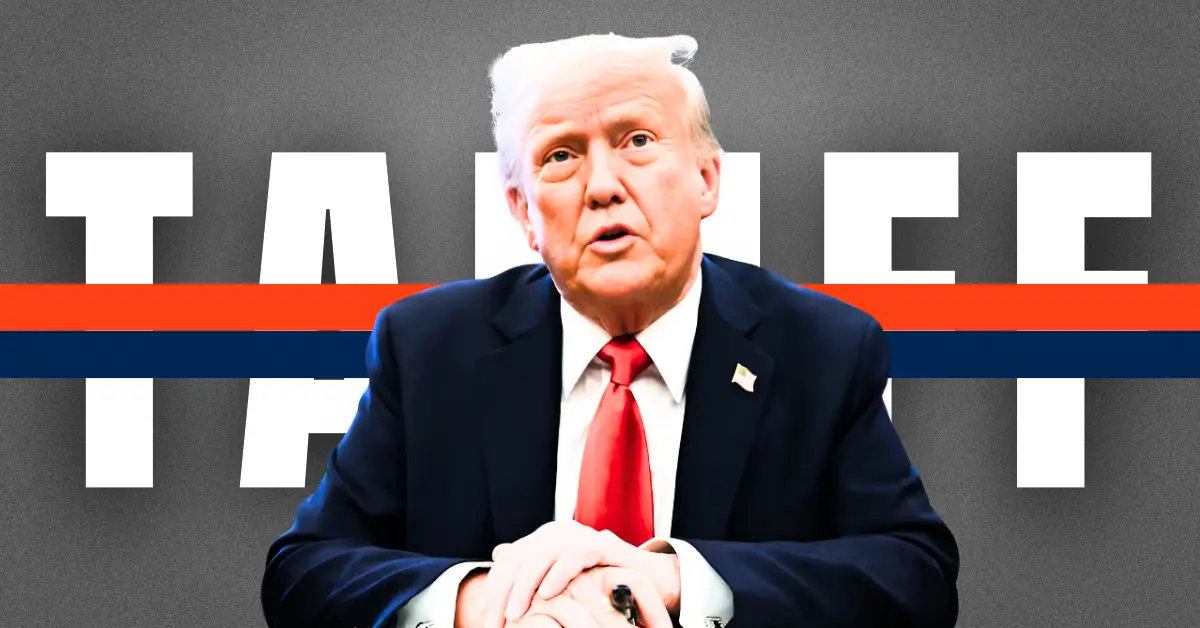The Resilience of the US Economy: A Roubini Perspective on Trump’s Trade Wars
Introduction
In the realm of economics, few voices carry as much weight as Nouriel Roubini, often dubbed “Dr. Doom” for his prescient warnings about financial crises. Recently, Roubini has shifted his tone, offering a surprisingly optimistic outlook on the US economy despite the tumultuous trade policies of former President Donald Trump. This report delves into Roubini’s analysis, exploring how the US economy and markets are poised to thrive amidst trade tariffs and political uncertainty.
The Tech-Driven Growth Engine
Roubini’s optimism is rooted in America’s unassailable leadership in technology. He argues that the tech sector will be the primary driver of economic growth throughout this decade. The innovation and productivity gains stemming from technological advancements are expected to counteract the negative impacts of trade tariffs. This tech-driven growth is anticipated to deliver an era of high growth, with Roubini predicting a 4% GDP growth rate by 2030, regardless of the trade tensions.
The Market as a Barrier
Roubini posits that the market itself has become a significant barrier against Trump’s more destructive policymaking. Investors, ever vigilant, have the power to push back against policies that threaten economic stability. This investor vigilance acts as a check on the administration’s more radical proposals, ensuring that the economy remains on a relatively benign trajectory.
The Good, the Bad, and the Uncertainty
Roubini acknowledges that Trump’s economic policies present a mix of good, bad, and uncertain elements. While some of Trump’s proposals, such as deregulation, could spur economic growth, others, like across-the-board tariffs and extended tax cuts, are “highly dangerous” for both the economy and the markets. The near-term outlook, heading into 2025, is relatively benign, with the good ideas expected to offset the effects of the bad.
The Threat of Stagflation
Despite his optimism, Roubini warns of potential stagflation—an economic condition characterized by slow economic growth and relatively high unemployment (stagnation) accompanied by a rise in prices (inflation). Higher tariffs, a devaluing dollar, and tough stances on immigration could slow down the economy while simultaneously spurring inflation. Roubini has cautioned that inflation could rise as high as 5% as Trump’s policies are enacted.
The Federal Reserve’s Role
Roubini also warns that the Federal Reserve may not bail out the economy in the event of a policy-induced downturn. Traders should temper their bets that the Fed will ramp up interest-rate cuts to mitigate the effects of Trump’s trade conflicts. This caution underscores the need for a more nuanced understanding of the economic landscape, where the Fed’s actions may not always align with market expectations.
The Global Impact
Roubini’s analysis extends beyond the US borders, acknowledging that Trump’s trade wars could have significant implications for the global economy. The rest of the world can limit the damage, but the interconnected nature of global markets means that the US economy’s health is intrinsically linked to international economic stability.
The Investor Revolt
One of the most significant threats Roubini identifies is the potential for an investor revolt. A combination of punitive tariffs and tax cuts could spark such a revolt, leading to the next financial crisis. Investors are on edge, and Roubini’s warnings serve as a stark reminder of the potential consequences of reckless economic policymaking.
Conclusion: A Path Forward
The Road to Resilience
In conclusion, Nouriel Roubini’s analysis paints a complex picture of the US economy under Trump’s trade policies. While the tech sector’s leadership and investor vigilance offer reasons for optimism, the threats of stagflation, investor revolt, and the Federal Reserve’s potential inaction cannot be ignored. The US economy is poised for exceptional growth, but navigating the challenges posed by trade tariffs and political uncertainty will require a delicate balance of policy and market forces. As Roubini’s insights underscore, the path forward is fraught with both opportunity and risk, and the actions taken today will shape the economic landscape for decades to come.





